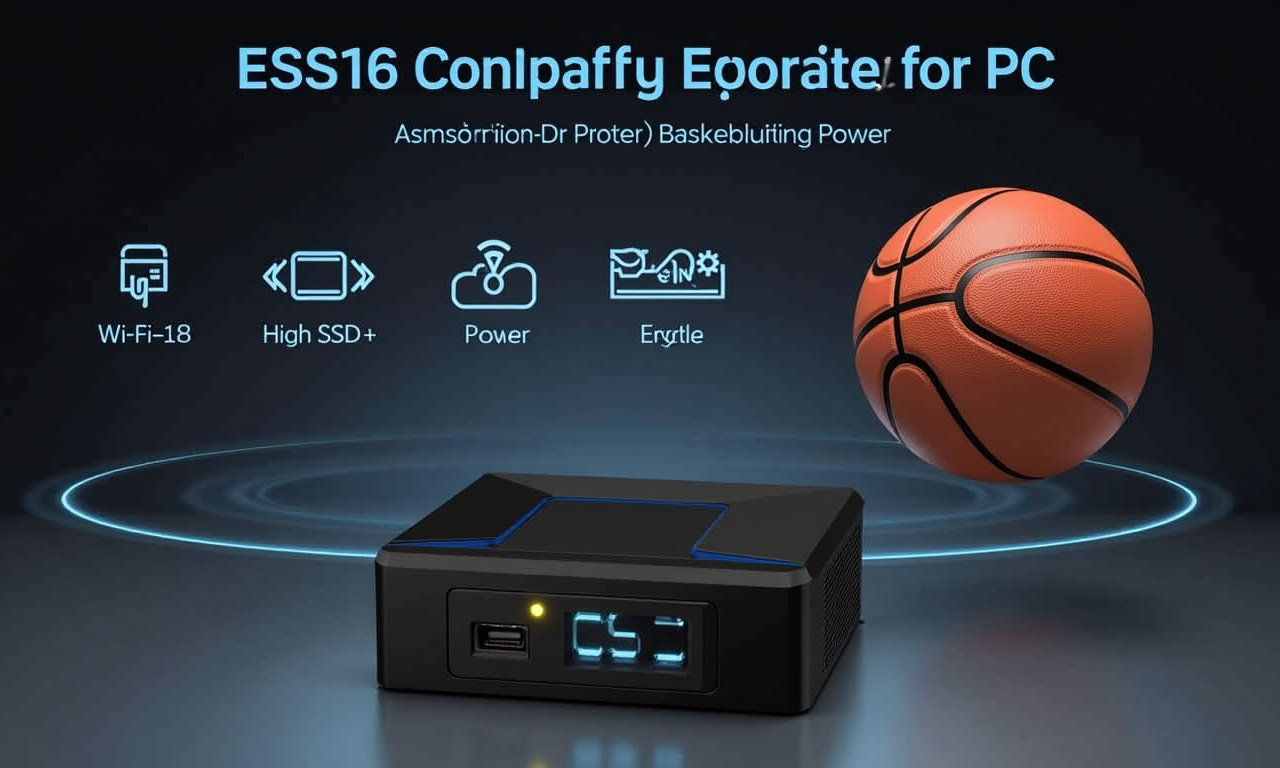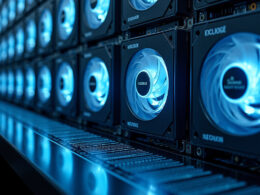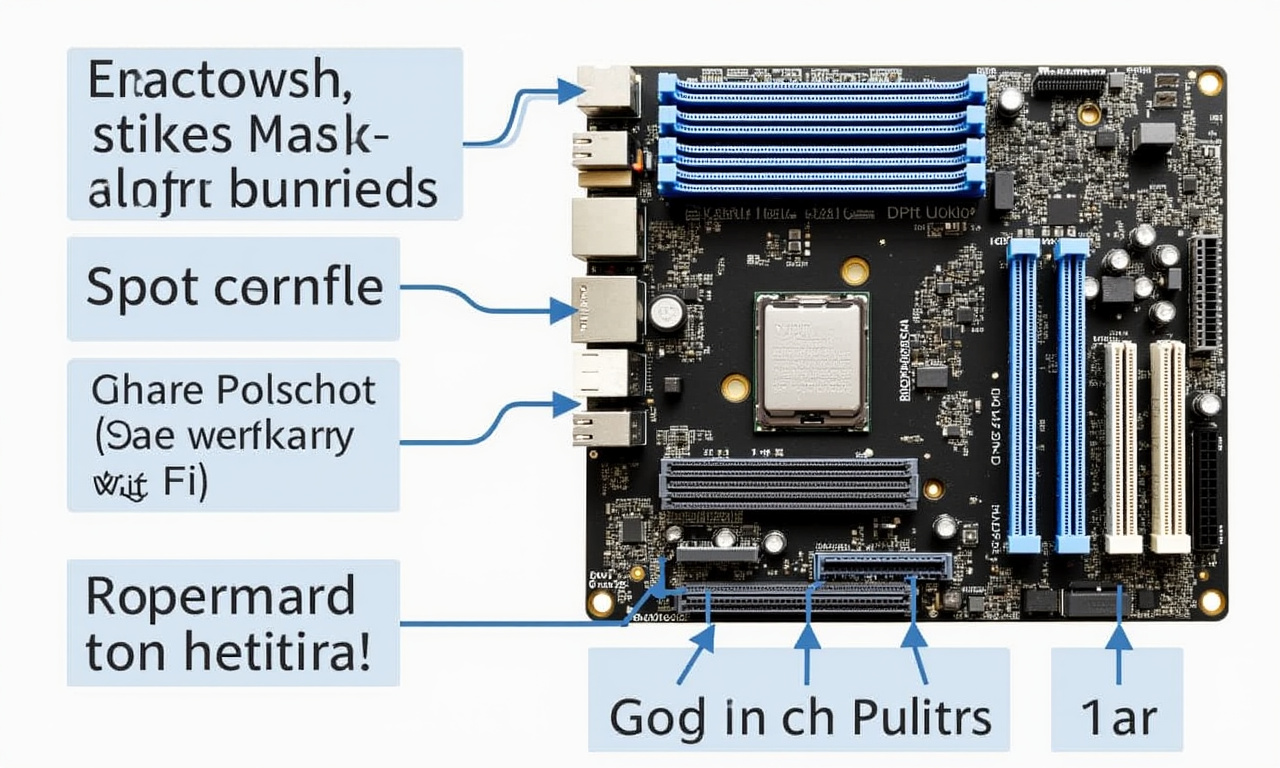In a groundbreaking development, SK Hynix has unveiled its latest innovation in data storage technology: the industry’s first 321-layer Quad-Level Cell (QLC) NAND flash memory chips. Scheduled for integration into gaming PCs in 2026, these chips promise to double transfer speeds and offer up to 56% enhanced write performance compared to existing technologies. This advancement could redefine market perceptions of QLC SSDs, traditionally viewed as less desirable due to their historical limitations in speed and durability.
Zooming In
The Evolution of NAND Flash Memory
NAND flash memory, the predominant storage solution for SSDs (Solid State Drives), has evolved significantly over the years. It started with Single-Level Cells (SLC) and advanced through Multi-Level Cells (MLC) and Triple-Level Cells (TLC), each step increasing storage capacity by storing more bits per cell. QLC technology marks the current frontier, squeezing four bits into each cell to maximize capacity per chip. However, it has faced criticism for slower speeds and reduced lifespan compared to its predecessors.
Unparalleled Layer Density
The introduction of SK Hynix’s 321-layer QLC represents a monumental leap from current market standards, where most QLCs max out at 200 to 276 layers. By significantly increasing the number of layers, SK Hynix not only boosts storage capacity but also enhances data transfer speed and operational efficiency. The new configuration allows each chip to pack a capacity of 2 Terabits (approximately 256 Gigabytes), revolutionizing the footprint of storage designs.
Enhanced Performance Through In-Depth Engineering
Beyond just increasing the layers, SK Hynix has enhanced the architecture of its NAND chips by upping the plane count from four to six per die. This architectural refinement allows for simultaneous data processing in more channels, effectively speeding up read and write operations. According to SK Hynix, the chips are capable of 100% faster data transfers, with an impressive 56% increase in write speeds, setting new benchmarks for QLC SSD performance.
Impact on the Storage Market
This development comes at a crucial time when the demand for high-capacity storage devices continues to surge, driven by data-heavy applications and gaming needs. The market could see a shift, with QLC SSDs becoming more competitive with TLC drives, not only in capacity but also in speed. This evolution in QLC technology might reduce storage costs and enhance performance for end users, making high-capacity SSDs more accessible for gaming and professional environments.
Looking Forward
With mass production of these 321-layer QLC chips already underway, SK Hynix is poised to make these high-performance, cost-effective SSDs commercially available beginning in 2026. Industry experts predict a seismic shift as this new standard takes hold, potentially influencing the strategies of major competitors like Samsung and Micron in the memory chip market.
Conclusion
SK Hynix’s introduction of 321-layer QLC flash memory chips signals a promising transformation in the SSD landscape, offering a blend of affordability, speed, and capacity. As technology continues to progress, such innovations will play a pivotal role in shaping the future of storage solutions, impacting consumer electronics, cloud computing, and beyond.









